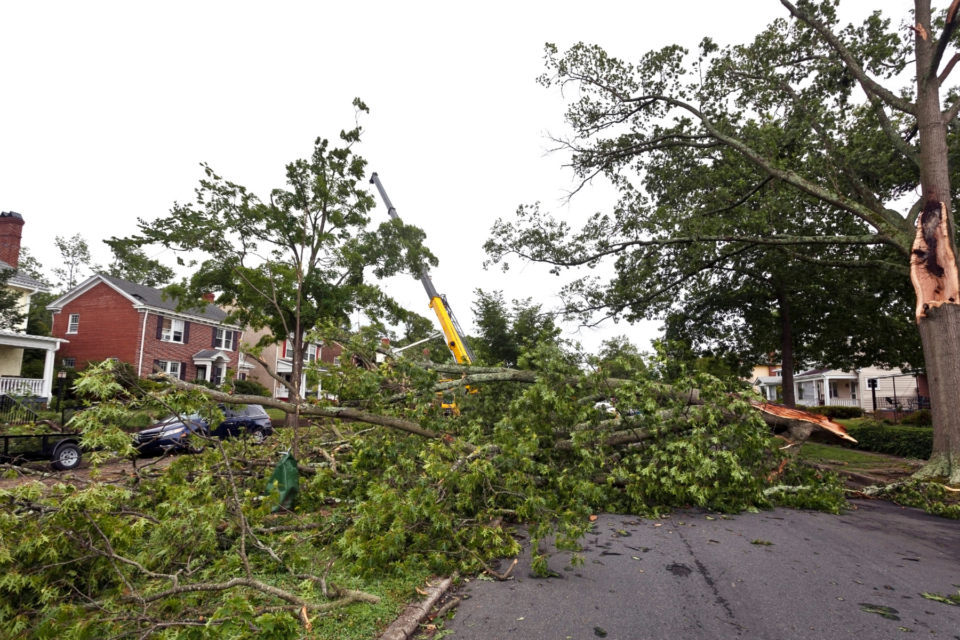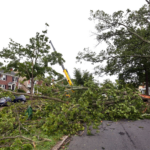Don’t Let Severe Weather Batter your Business – Invest in Preparedness

Wyoming weather can be brutal – that’s a fact. We feel the impacts of high speed winds, well below-zero temperatures, tornados, blinding snow, thunder, and hail storms, and more in the Cowboy state. This means it is absolutely vital for our businesses to take precautions to protect themselves against the damages of potential natural disasters.
By the numbers: The U.S. Chamber of Commerce has released a study that dives into the economic impact that comes from a community’s preparedness for natural disasters. Here are the highlights:
-
The U.S. averages 10 natural disasters causing $1 billion or more worth of damage each year.
-
For every $1 invested in natural disaster resilience and preparedness, $13 can be realized in long-term economic savings, damage avoided, and cleanup costs saved after the event.
-
Dollars spent on disaster preparedness and resilience are much more effective at reducing the cost of natural disasters than dollars spent on disaster recovery.
-
Both for large cities and small rural towns, investment in disaster preparedness makes a large difference for large and small-scale disasters.
-
Even if a disaster doesn’t strike, communities can still benefit from economic gains from preparedness investments. The more a community invests in disaster preparedness, the more jobs they’ll potentially create. That means the workforce grows, which then encourages more people move to or remain in the area. The end result is increased production and incomes.
What’s next: To ensure that you and your business are well prepared in the case of a natural disaster emergency, check out the advice that one small business owner shared after her daycare was hit by severe flooding:
-
Research grant programs. The U.S. Chamber of Commerce Foundation has a grant program for small-business owners called the Readiness for Resiliency Program, which offers $5,000 grants to businesses in areas where disaster has struck if they have completed a checklist of disaster prep steps.
-
Have a response plan. Make sure you have ready access to your local emergency services numbers in case internet access goes down. Account for everyone you might need to call: insurance, federal and state tax authorities, utility companies, and service providers.
-
Practice makes perfect. Run through drills with your staff if you’re a business owner or family members if you’re an individual. Run through the list of people you need to contact after the event and designate who is responsible for outreach. Identify the immediate steps you’ll take once the crisis has passed. After these drills, discuss ways you can improve your preparedness.
-
Back up your business records. Back up your physical records by uploading them to hard drives or the cloud. Make sure to store your physical and digital records in two different locations.
-
Keep emergency kits nearby and easily accessible. Include things like a terrestrial radio, non-perishable food, water, flashlights, blankets, and batteries. Don’t assume rescue will come quickly if you’re trapped during a disaster. Make sure you’re equipped with the necessary supplies to keep you safe and comfortable until help arrives.
-
Build a rainy-day fund. Estimate how much money you need to have on hand to run your business and pay your employees for one to three months. If you don’t have enough funds to cover these costs now, start saving. Every little bit counts, and it could be the difference between maintaining or losing your business.


